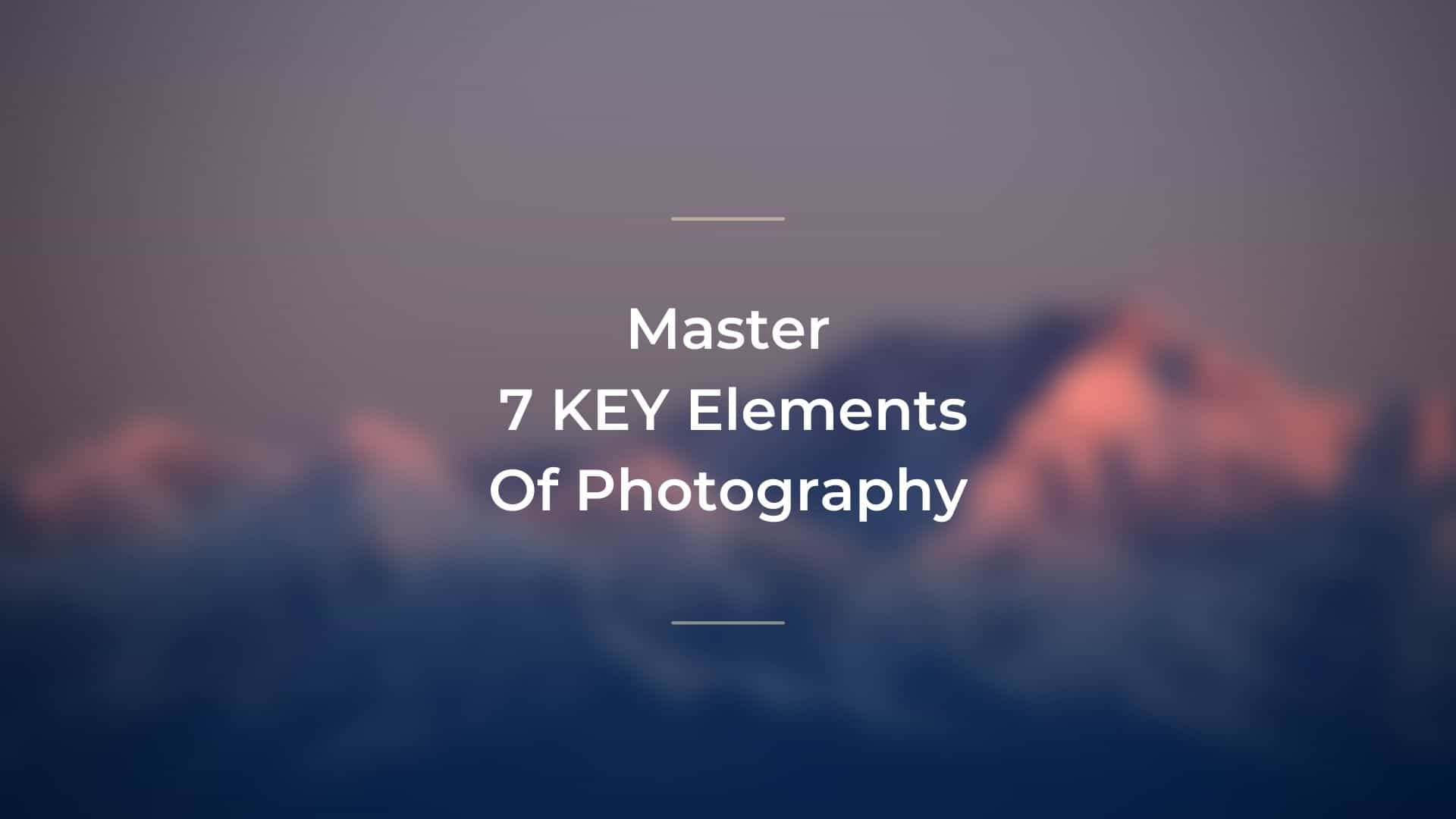Some people believe that getting a camera and some other equipment makes them a photographer, but knowledge and skills are also important.
Today, everyone who has a smartphone believes they are a photographer.
Being a photographer is not just about clicking random pictures. Being a photographer is about knowing how to compose a picture and make it more appealing.
You must have wondered at least once what these professional photographers do to capture the photograph more vibrant than in real life.
There are some factors that photographers focus on which can improve the composition of their pictures.
More than one of these elements is involved in every photograph of a professional photographer.
Paying attention to these factors can make a large difference in their work.
Photography is art. Art as a whole is the composition of countless elements.
These elements are considered a fundamental part of the photographs. & These elements are known as photographic elements.
Let me tell you a little bit more about photographic elements…
What is a photo/photographic element?
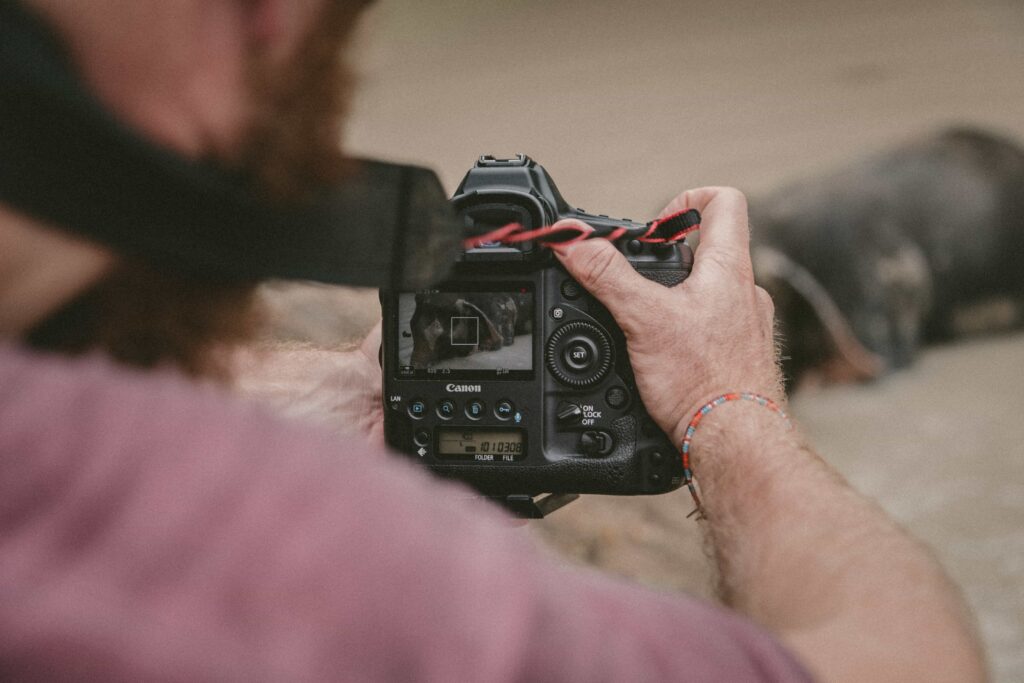
Photographic or photo elements are essentially the elements that are composed in almost every photograph. These elements can help define a photograph.
Photography is not just an art but it’s a skill. Professional photographers take time to understand and learn about these photographic elements to get an eye-catching photograph.
There are said to be 7 essential photographic elements involved in making a photograph more composed and attractive.
These 7 photographic elements are the things every photographer should focus on.
If you dive a bit deeper into the photographic elements you will see that everyone considers the essential photographic elements different.
These elements include line, shape, form, texture, pattern, color, and space. Each one of these elements brings out a unique quality to the picture.
Awareness of these elements can make a noticeable change in your work as a photographer.
These photographic elements also help you send the right message through your photographs.
Now let’s talk more about the basic 7 photographic elements…
List of 7 Elements Of Photography
let’s understand each photographic element in detail…
Line
Lines are one-dimensional. A line is the most basic photographic element.
There are lines in everything around us we just can’t see them.
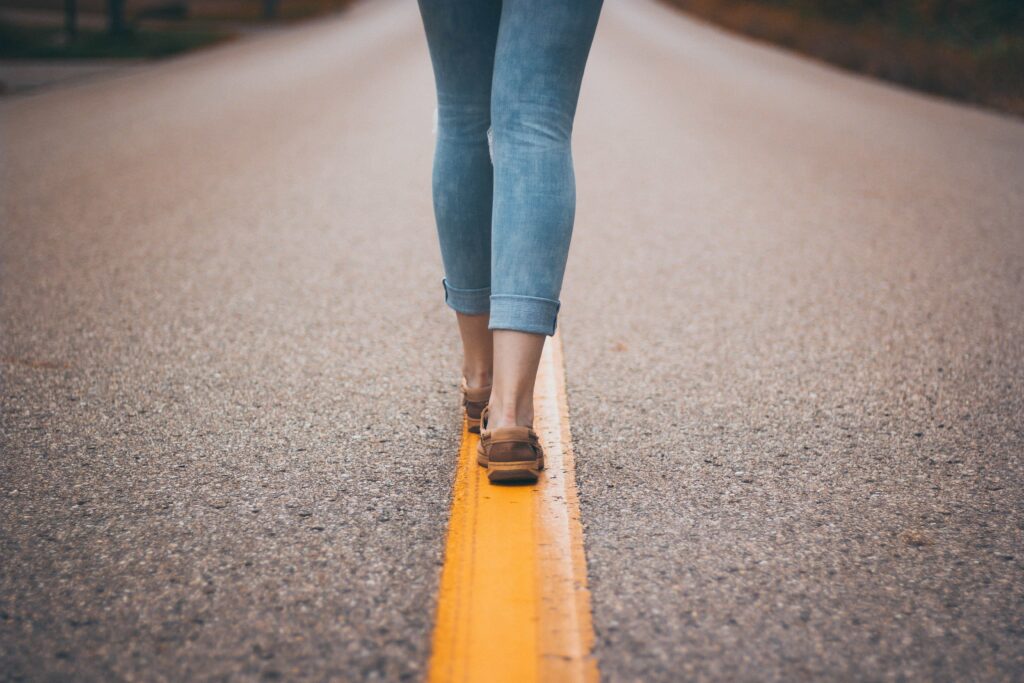
Photo by Anika Huizinga on Unsplash
As a photographer, you have to get ahead of human tendencies and see everything from a different perspective i.e. from a perspective of geometry.
When you start seeing things as lines, shapes and sizes you will see how you can compose a picture better to make it more balanced.
Everything begins and ends with lines in photography, Lines in photography are not always supposed to be straight.
Lines are either straight, curved, or a combination of the two, or they can be solid, dashed or interrupted, implied, or psychological.
They can be vertical, horizontal, diagonal, or somewhere in between.
Every kind of line has a different interpretation in photography.
For example, straight lines share a sense of rest and calmness, vertices lines show a sense of power and growth.
There are curvy lines that give out the feeling of being natural and fluid and jagged lines that give out the feeling of chaos.
All kinds of lines can be used to elevate the pictures. A photographer can use lines in a lot of ways.
Clever use of lines can catch the viewer’s attention.
Shape
As mentioned above lines are dimensional, when two or more lines join it forms shapes.
Shapes are two-dimensional, they can create a sense of space and substance.
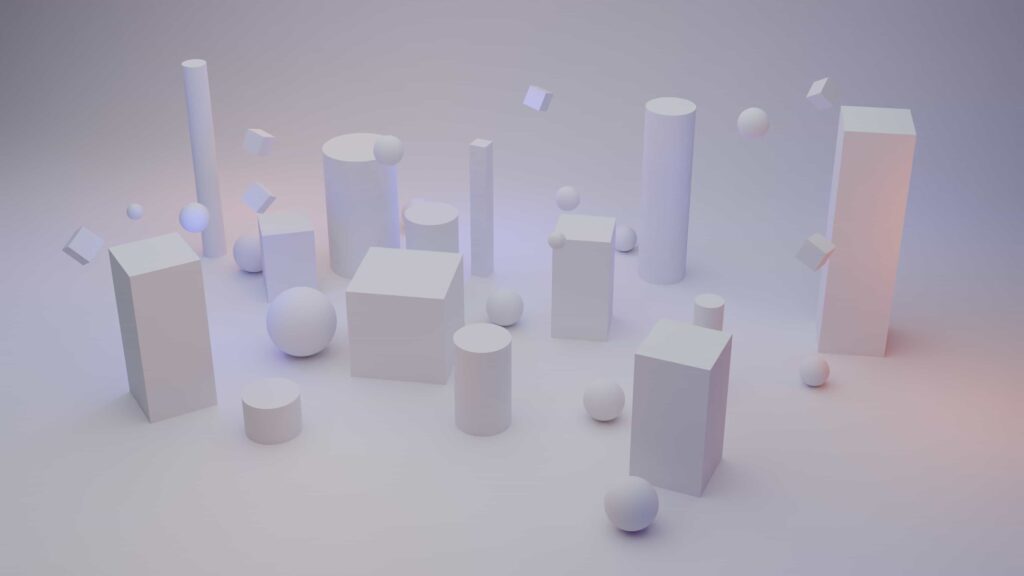
also, shapes can be of two types i.e. organic and geometric. Geometric shapes are the basic shapes that include rectangles, triangles, circles, and other known shapes.
Organic shapes include the outline of a bird, elephant, flower, tree, etc.
Shapes can be used in a lot of different ways. Some photographers prefer a combination of shapes from different perspectives.
You can see shapes everywhere around you. Shapes can be used in a lot of ways in a photograph.
Form
The form takes shape from the two-dimensional and brings it into the three-dimensional, ̉It has height, width, as well as depth.
The form includes some familiar figures such as cubes, cones, cuboids, and many others.
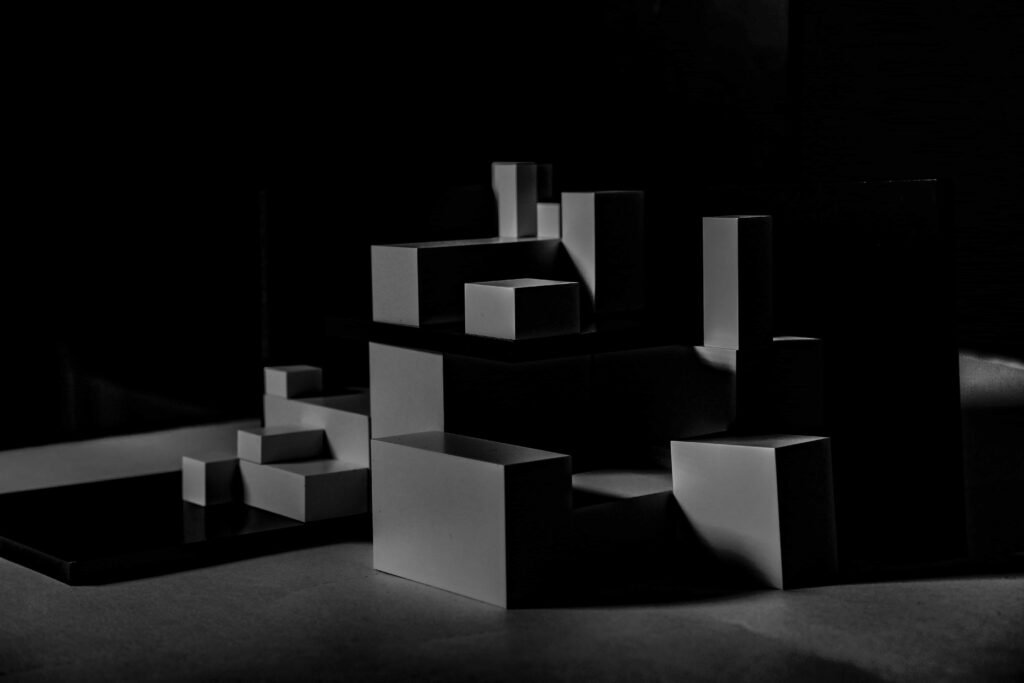
A picture is divided into two spaces i.e. positive and negative space with the help of forms.
In a photograph, positive space is that which is occupied by forms, negative space is what remains.
Though the form is three-dimensional in a photograph, everything seems two-dimensional. To give the photograph a three-dimensional effect photographers use shadow.
Using a shadow the photographers create an illusion of depth or thickness.
For creating the illusion of depth or thickness the most important factors are the direction and intensity of light.
The viewpoint or perspective also plays an important role in creating a perception of the depth and thickness of the photograph.
Texture
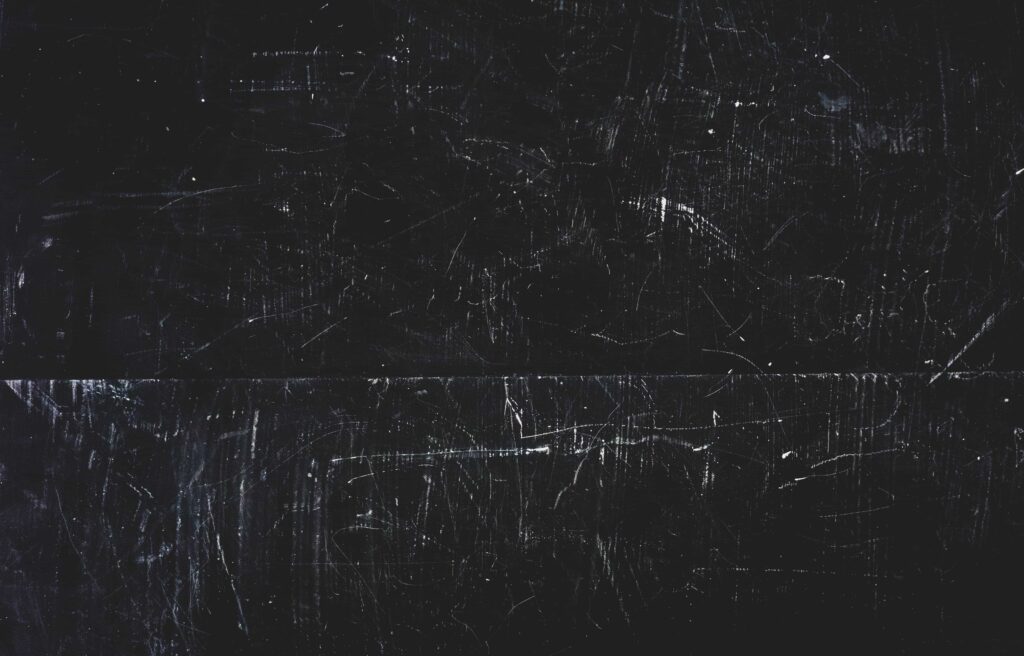
In photographic terms, the texture is something that can be felt either with hands if printed or with eyes virtually.
In photographs, the texture is revealed by variations in tonality and presented in two dimensions.
The texture is also difficult to capture but with careful lighting and choice of perspective, texture can be presented perfectly.
Texture can’t be experienced, the tactile surface characteristics, but we can “feel” them through the mind’s eye.
For example, if you have seen the ripples on a water surface you will be able to imagine its texture by looking at the photograph.
Similar to form a show can define the texture. If there is no shadow it can be one of two things either the surface is smooth or the lighting is dull.
Regardless of the texture of an object in the photograph, smooth or rough, there are factors at play that will either emphasize how an element is perceived.
Photographers use texture to their advantage that is to make their pictures more life-like and adventurous.
Pattern
A Pattern is formed when there is a repetition of shapes, textures, or even lines. Repetition of any kind forms a pattern.
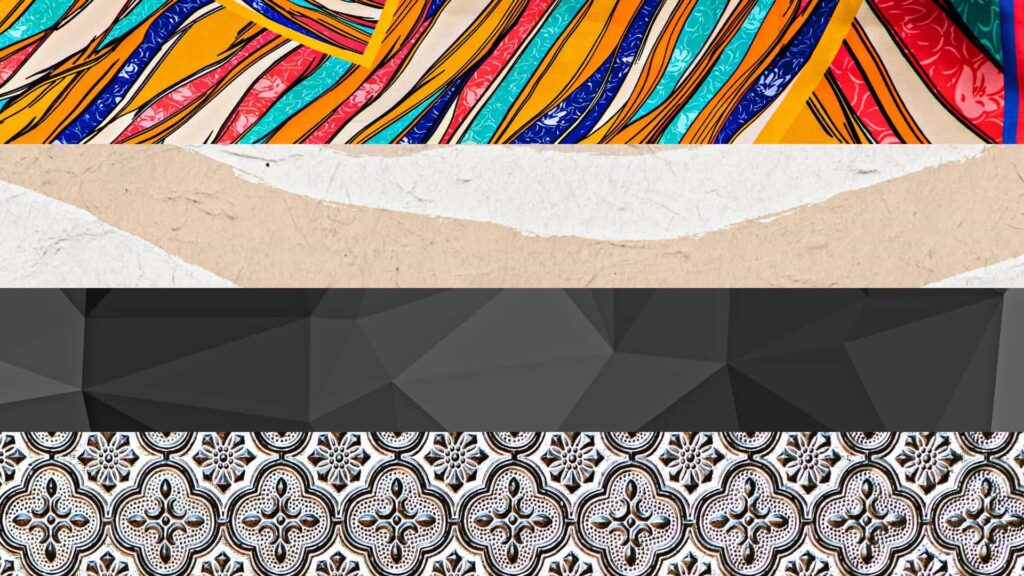
The pattern can form a rhythm and symmetry in a picture that can make it more likely to be viewed.
You can see patterns everywhere around you if you notice carefully.
These patterns that you notice can be aesthetically pleasing, these patterns also produce amazing shots.
all you need to do is a proper observation.
Colour
Colour is an important photographic element, It can sometimes act as a defining feature of a picture.
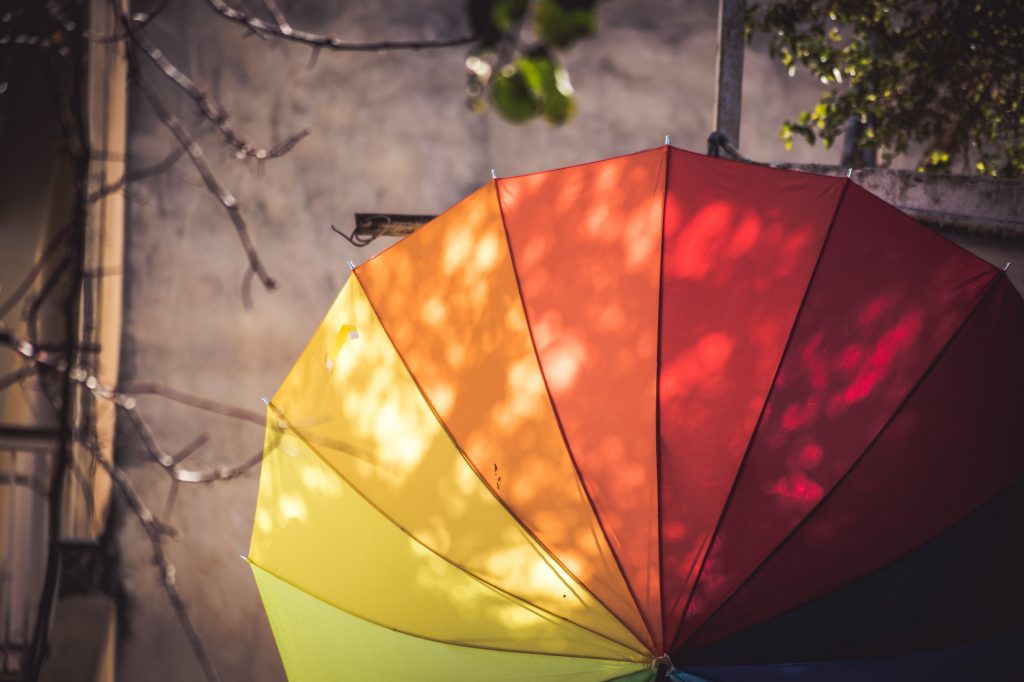
Basically, this type of element contains three properties namely hue, value, and saturation.
Hue is simply the description of the color like blue, red, yellow, etc.
Value is the relative brightness or darkness of a color
Saturation is the intensity or purity of color The purest color is a hue with no white, black, or grey added to it.
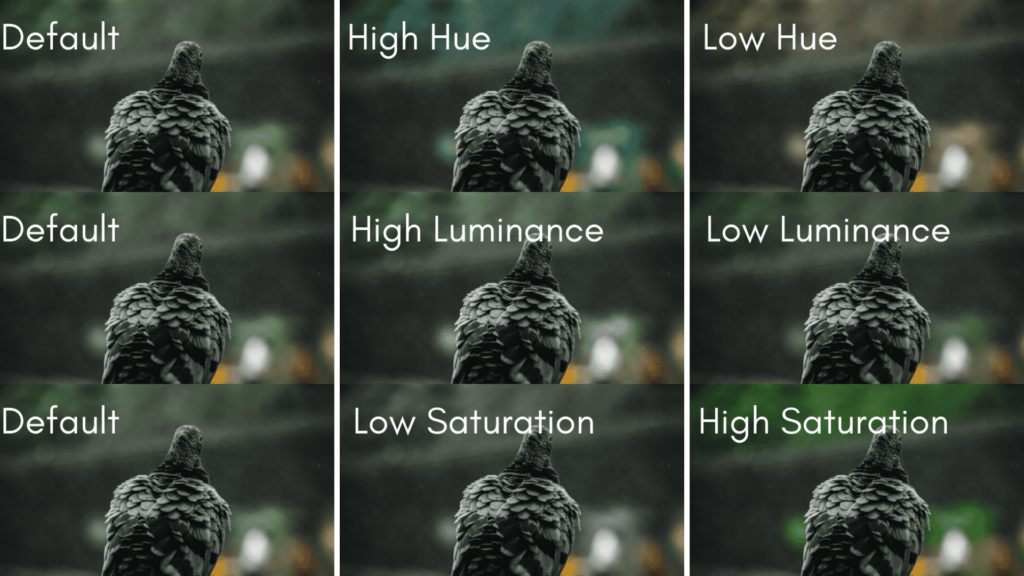
Colors are further categorized as cool or warm colors.
As you can see in the above example, warm colors like yellow, orange, or red give out a cozy and lively feeling.
Whereas cool colors such as blue and green give out the feeling of calmness and coldness.
The right choice of colors can make all the difference in the world in your pictures.
Colour helps to set the mood of an image and can play a significant role in touching the viewer on an emotional level.
Know more: Beginners guide to color theory in photography
Space
Space is another essential photographic element, It’s like form and texture give a three-dimensional effect to the picture.
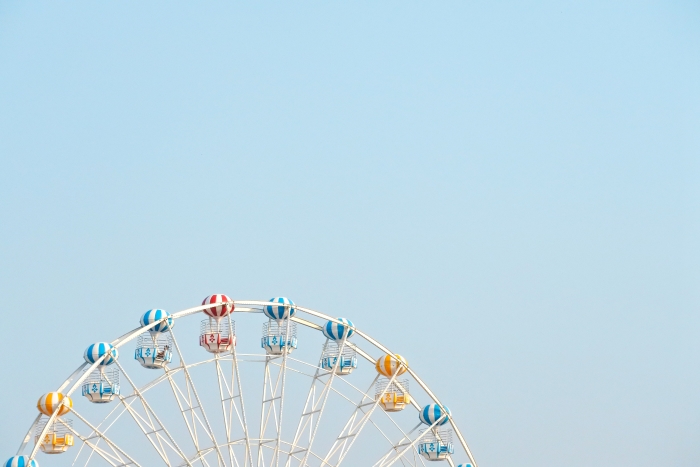
It can describe the distance between the object and the viewer and perspective.
This element is divided into positive and negative spaces.
Positive space is the space taken by the object and negative space is the black space taken by the background.
The correct use of space can also give an illusion of depth as well as thickness.
This type of photographic element plays an important role in capturing the best and the most life-like pictures.
FAQ About Photographic Elements
Some of the most commonly asked questions about photographic elements are mentioned below.
Q1. When was photography invented?
Photography was not invented by one person or even at once. This discovery had accumulated from the work of many generations of scientists from different countries of the world.
Although there were some attempts to obtain a photo image as far as the 1700s, the year of photography invention is considered to be 1839 when the so-called daguerreotype appeared in Paris.
A French inventor Louis Daguerre had success with photographing a man and getting a stable photo image using the results of his investigations and the experiments of Nicéphore Niépce.
The invention of photography was a long process of trial and error.
In the final try, the exposure time was reduced in comparison to earlier tests and made less than a minute.
Photography has a very rich history if you go on and read about it more. There have been a lot of developments in the field of photography since the beginning.
Q2. Do photographic memories exist?
The concept behind photographic memory is that like a photograph a person can retrieve it from her memory at will and examine it in detail, zooming in on different parts.
There is no true evidence of photographic memory in such existence till now.
But most of us are believed to have photographic memory not to the extent mentioned above but to a certain extent.
In that most people’s memory for visual material is much better and more detailed than our recall of most other kinds of material.
You might have noticed most of us remember a face much more easily than the name associated with that face.
But this isn’t a photographic memory; it just shows us the normal difference between types of memory.
Sorry to say there has been no real evidence of the existence of photographic memory to date.
Some people with excellent memory use elaborate techniques to help them remember but that’s just memory, this is just memory this does not support photographic memory.
Q3. How photographic memory works?
Photographic memory is a term often used to describe a person who seems able to recall visual information in great detail.
Just as a photograph freezes a moment in time.
The implication for people who are believed to have photographic memory is that they can take mental snapshots and then recall these snapshots without error at any given moment with a little bit of concentration.
However, photographic memory does not exist in this sense.
Memory is like pieces of a jigsaw puzzle more than it is a photograph.
To recollect a past event, we piece together various remembered elements and typically forget parts of what happened.
Small details like the color of the walls, and the picture in the background can be a lot of help. Passing over details helps us to form general concepts.
We are good at remembering the gist of what happened and less good at remembering (photographically) all the elements of a past scene.
This is advantageous because what is important for memory is the meaning of what was presented, not the exact details present at any given time.
There are still studies going on regarding the working and existence of photographic memory as well.
Conclusion
As mentioned in the article above photography is not only an art but a skill too.
There are some components involved in the capture of a photograph, These elements are called photographic elements.
These elements can differ from photographer to photographer.
But commonly there are said to be 7 photographic elements., They are line, shape, form, texture, pattern, color, and space.
The role of each one of these elements in photography is explained in the above article.
These elements of photography are said to make a photograph an appealing one.
All these essential photographic elements in play can enhance the image to an unbelievable extent.
Using these elements sometimes the picture turns out much more beautiful than real life.
Every photographer should know about these photographic elements and how to use them in their photos.
These elements can help you compose your pictures properly and efficiently.
Hope this article helped you to know more about photographic elements…
Read more about Photography
- 17 Unique Photography Hacks To Know And Apply (With Example)
- 71+ Nature Photography quotes & Caption for Photographers (With Images)
- 17 popular photography blogs to follow today | specifically for beginners
- 7 Secrets To Do Better At Photography | Improve Your Photography

